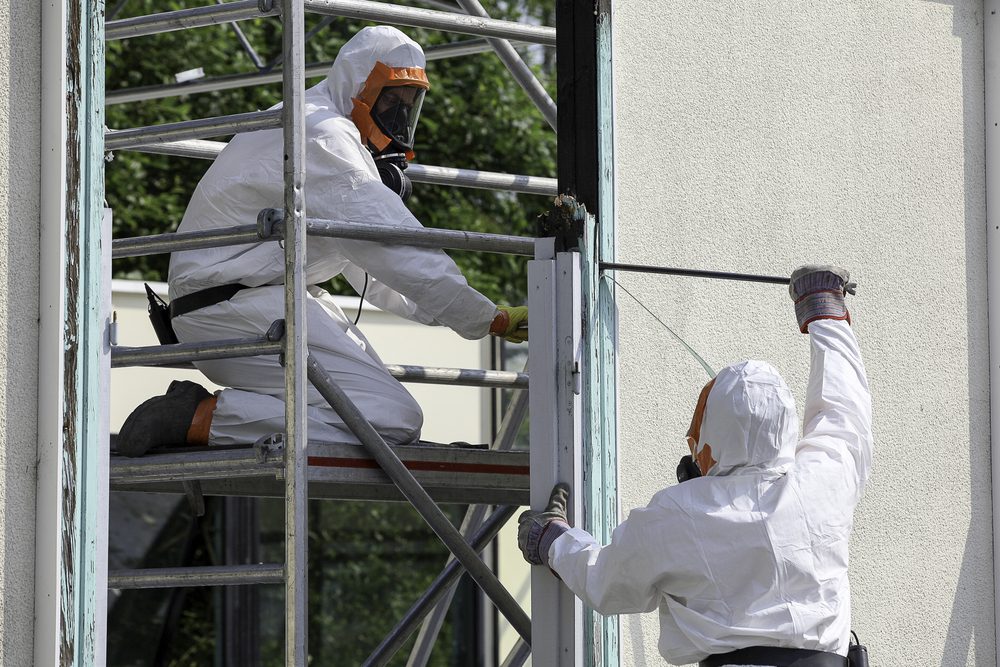How Is Asbestos Exposure Affecting People
Asbestos is described as ‘a group of six naturally occurring minerals made up of heat-resistant fibers’ that were used between the 1950s and 1980s. These asbestos fibres form two groups; serpentine and amphibole families. Exposure to asbestos fibres may cause breathing difficulties, and lead to high risks of developing asbestos related diseases such as lung cancer, mesothelioma and pleural effusion.
Where Was Asbestos Used?
Prior to the dangers of asbestos being known, it was most often used in building materials. Although it is now banned, you may still find it within buildings constructed before 2000 in the UK. Other than construction, it was also commonly found in boilers, car brakes, and textured coatings.
Whilst asbestos may not put you at risk whilst remaining within a building, it is where construction work or removal occurs that the fibres become released and emit into the air. This is where workers will often come into contact and put themselves at a much higher risk of damage if not dealt with correctly.
What Are The Six Different Types Of Asbestos?
1. Chrysotile
The most commonly used type of asbestos in construction includes chrysotile, which is in building materials used for roofs, ceilings, floors and walls. This is the only type of serpentine and the most likely you will find in commercial buildings today.
2. Amosite
Next, you have amosite. This is also known as ‘brown asbestos’. Products including this type of asbestos often include pipe insulation materials, cement, roofing and tiles.
3. Anthophyllite
Anthophyllite asbestos was limited but used for various insulation products in construction and other materials such as cement. It was also used in battery casings due to its strength.
3. Actinolite
Another form included actinolite asbestos, which was mostly used in manufacturing. This fibre worked well for insulation, paints and cement.
4. Crocidolite
Crocidolite asbestos (blue asbestos) is one of the most dangerous forms. It’s primary use was in cement, insulation, and some plastics.
5. Tremolite
Lastly, you have tremolite asbestos. This was not commonly used commercially but was contained in materials such as paint, talcum, and types of insulation.
The Importance Of Safely Removing Asbestos
When you remove asbestos or are working on a building containing this material, you must ensure that asbestos containing materials are dealt with professionally and carefully. Asbestos and hazardous waste removal requires guidance and a specialist team to find the best solution to handling this material. If you come in contact with asbestos, you could be exposed to damaging long-term effects.
As you may be exposed to asbestos from a variety of materials, it is incredibly important that you seek help from a professional team to remove these waste materials appropriately. They can then be recycled where possible, disposed of limiting damage to the environment and with your safety put first.
Our Asbestos and Hazardous Waste Removal Service
At Bailey’s Skip Hire, we offer hassle-free asbestos and hazardous waste recycling services for items such as oils, paints, fluorescent tubes, WEEE electrical items and fridges/freezers. Get in touch with our team today on skiphire.bailey@btconnect.com to find out more so that we can identify, treat and collect your hazardous waste effectively.
If you or a family member has suffered from asbestos related exposure, you can find help on https://asbestossupportce.org/.




